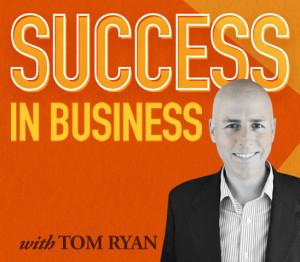 What exactly does it mean to professionalize your sales process? It means making your sales activities a core function of your business. If you do it correctly, your business will be much more profitable, and you will make a lot more money.
What exactly does it mean to professionalize your sales process? It means making your sales activities a core function of your business. If you do it correctly, your business will be much more profitable, and you will make a lot more money.
In the earlier posts, I’ve explained the foundation of a professionalized sales structure: customers, value propositions and channels. Now it’s time to construct the larger framework that foundation supports. That means talking about costs and profits. In other words, we’re talking about the economics of your business.
How much can you afford to pay in order to sell your stuff? It’s a question every business has to answer as they create their sales strategy. While it’s true that business is different, the methods for working through this question are universal. Finding the answer will take some work, but it’s not as difficult as you may think.
Let’s start with something simple: What will it cost for you to find or acquire customers? This includes your lead generation costs, and all of your marketing expenses.
One helpful way to look at this is one of the key metrics for the software-as-a-service (SaaS) industry. It’s called the “customer acquisition cost,” and it’s measured by total costs for acquiring a new customer over a given period divided by the total number of new customers during that period.
This is a very simple equation, and you don’t need to be a technology company to use it. Simply tally what you spent on all your sales and marketing efforts last year, quarter, or month, and divide it by the number of new customers, clients or accounts from that same period. The results can be very revealing.
What if you’re a startup, and you don’t have customers yet? You can still estimate based on your planned budget, and develop a target number of customers. As you make sales and generate real data, you can adjust your assumptions.
So what will it cost you to generate those sales? Every approach to sales is going to have different cost elements, so let’s briefly examine those key cost drivers.
- Salary and payroll expenses: If you’re going to hire sales people, you’re going to have to pay them.
- Commissions and bonuses: The better your incentives, the more likely you are to see better results.
- Travel and entertainment expenses: Depending on the nature of your business, your sales team might be on the road. They might also have to wine and dine prospects to make a deal happen. This can add up.
- Lead generation fees: If you want to quickly grow your leads database, you might need to buy a list. Or you might invest in software to help grow your existing lists.
- Rebating or co-op marketing expenses: If you’re a manufacturer or distributor, you might have these costs in addition to your regular marketing expenses.
- Memberships, subscriptions, dues and trade show fees: Another important expense for some companies, and also a cost driver.
- Sales support: From sales tools to franchisee support, these costs play a role.
- Marketing and advertising:
From simple online ads to full-scale national branding campaigns, this can be a huge cost.
Now that we’ve established on overview of these costs, it’s time to dig a little deeper into how your sales staff operates. We’ll be exploring that topic in depth in part five.
